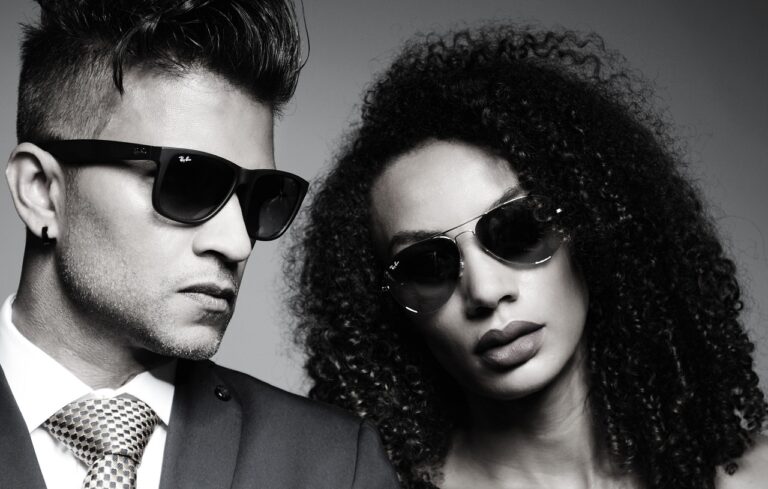The Influence of Cultural Trends on Shopping Preferences
Understanding the various factors that influence shopping preferences is crucial for businesses seeking to cater effectively to consumer needs. One significant factor is price sensitivity, as individuals’ willingness to pay for a product or service can heavily impact their purchasing decisions. Additionally, the quality of a product or service plays a key role in determining whether a consumer will choose to make a purchase.
Another important factor affecting shopping preferences is brand loyalty. Consumers often develop strong attachments to certain brands based on past experiences, marketing efforts, and perceived brand reputation. When individuals have a positive association with a particular brand, they are more likely to choose that brand over others, even if it means paying a higher price. Understanding and leveraging these factors can help businesses tailor their marketing strategies to better meet the needs and preferences of their target audience.
Shifts in Popular Fashion Trends
Fashion trends are constantly evolving, influenced by a variety of factors such as cultural movements, celebrity endorsements, and technological advancements. In recent years, there has been a noticeable shift towards sustainable fashion as consumers become more aware of the environmental impact of the clothing industry. This has led to an increased demand for ethically produced and eco-friendly clothing, with many brands incorporating sustainable practices into their manufacturing processes.
Furthermore, the rise of social media has played a significant role in shaping popular fashion trends. Platforms like Instagram and TikTok have become key drivers of fashion trends, with influencers and celebrities setting new styles and inspiring millions of followers. The instant nature of social media allows trends to spread rapidly, leading to a faster turnover of styles and a greater emphasis on individuality and personal expression in fashion choices.
• The influence of social media has also led to a resurgence of 90s fashion trends, with nostalgic styles like mom jeans, crop tops, and platform sneakers making a comeback.
• Gender-neutral fashion has become increasingly popular, with many brands embracing inclusivity and offering unisex clothing options that cater to a diverse range of body types and personal styles.
• Streetwear continues to be a dominant force in the fashion industry, with luxury brands collaborating with streetwear labels and incorporating urban influences into their collections.
• Sustainability remains a key focus for many consumers, leading to an increase in demand for second-hand clothing, upcycled pieces, and eco-friendly materials such as organic cotton and recycled polyester.
Impact of Social Media on Consumer Behavior
In today’s digital age, social media plays a pivotal role in influencing consumer behavior. Platforms like Instagram, Facebook, and TikTok have become powerful tools for brands to connect with their target audience. Through strategic advertising and influencer partnerships, companies can reach a wide range of potential customers and create a strong brand presence online. Consumers are often exposed to a myriad of product recommendations, reviews, and advertisements while scrolling through their social media feeds, impacting their purchasing decisions.
Moreover, social media serves as a platform for individuals to express their opinions and share their shopping experiences with others. User-generated content such as unboxing videos, product reviews, and style inspiration posts can heavily influence the choices of other consumers. This peer-to-peer communication on social media platforms creates a sense of trust and authenticity that traditional marketing strategies may not always achieve. As a result, consumers are more likely to make informed decisions based on the feedback and recommendations shared within their social networks.
How does social media influence consumer behavior?
Social media influences consumer behavior by shaping shopping preferences, impacting popular fashion trends, and facilitating product discovery and purchase decisions.
Can social media influence shifts in popular fashion trends?
Yes, social media platforms play a significant role in driving and popularizing fashion trends through influencer marketing, sponsored content, and user-generated content.
What are some factors that affect shopping preferences on social media?
Factors such as influencer recommendations, user reviews, social proof, targeted advertising, and personalized recommendations can all influence shopping preferences on social media.
How can businesses leverage social media to impact consumer behavior?
Businesses can leverage social media by engaging with consumers, creating compelling content, partnering with influencers, running targeted ads, and monitoring consumer feedback to shape purchasing decisions.
Is social media a reliable source of consumer information?
While social media can provide valuable insights into consumer preferences and behavior, it is important for businesses to consider the credibility and reliability of the information shared on these platforms before making decisions based on it.







